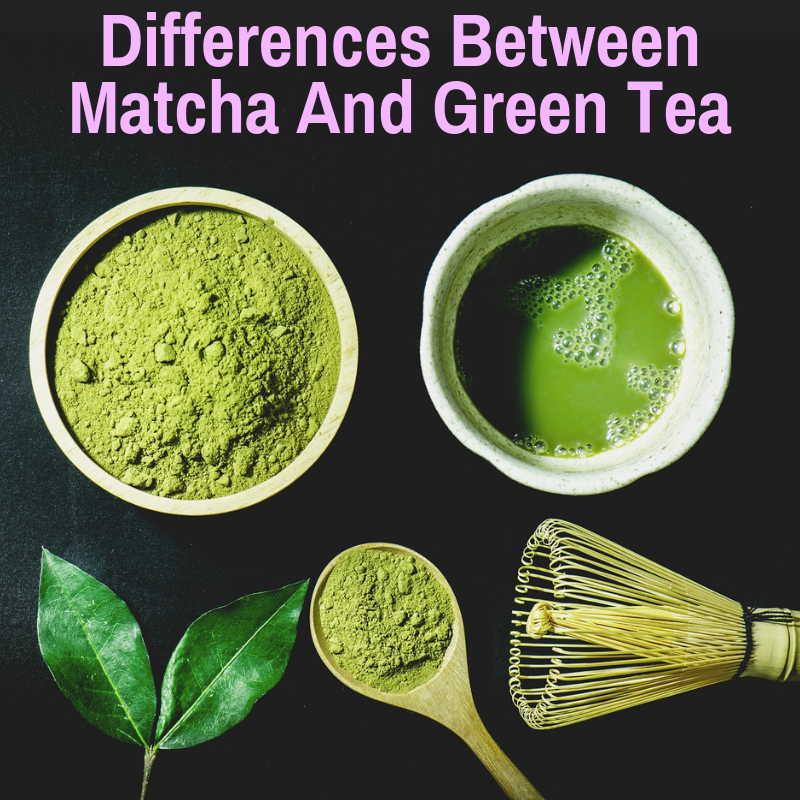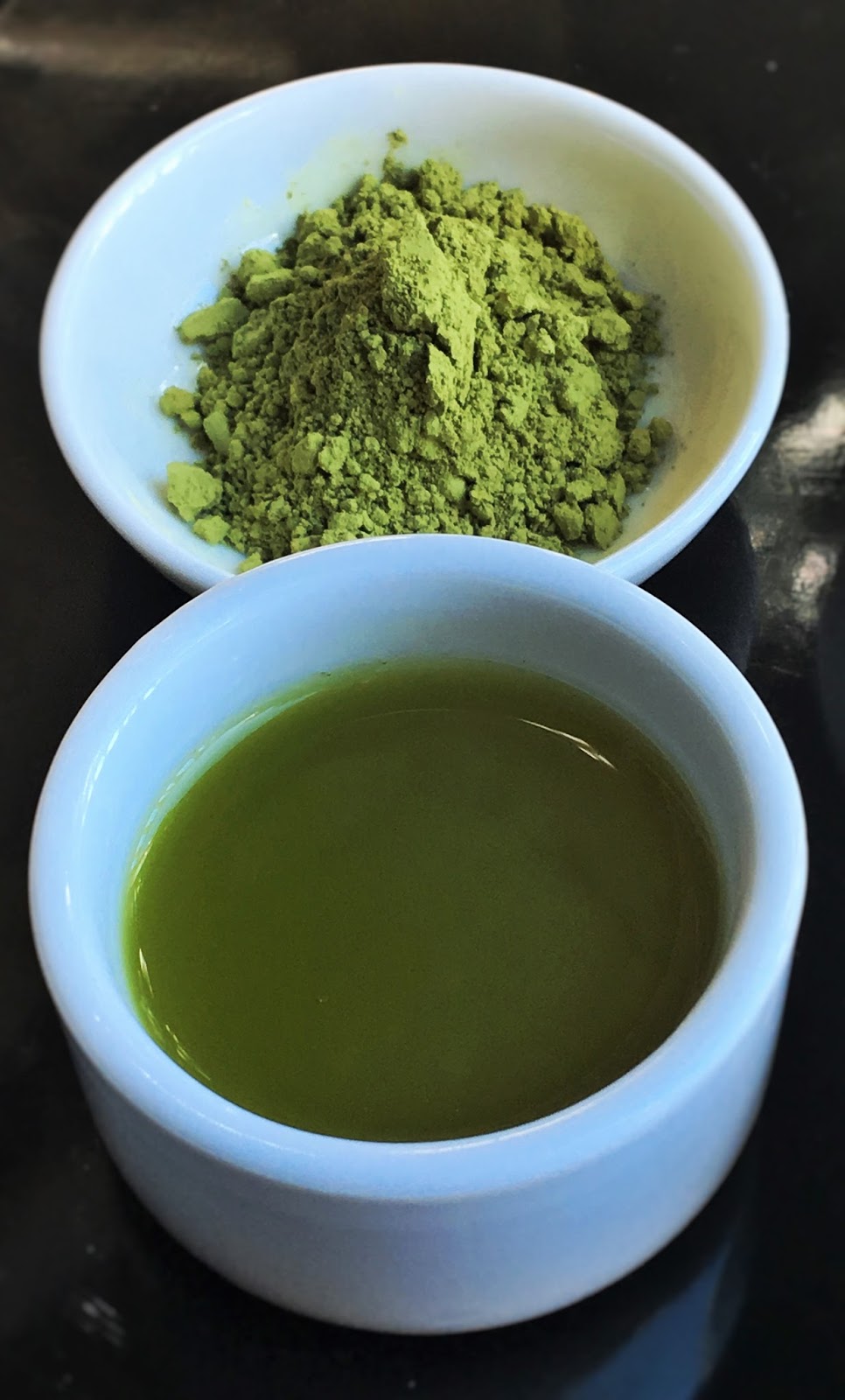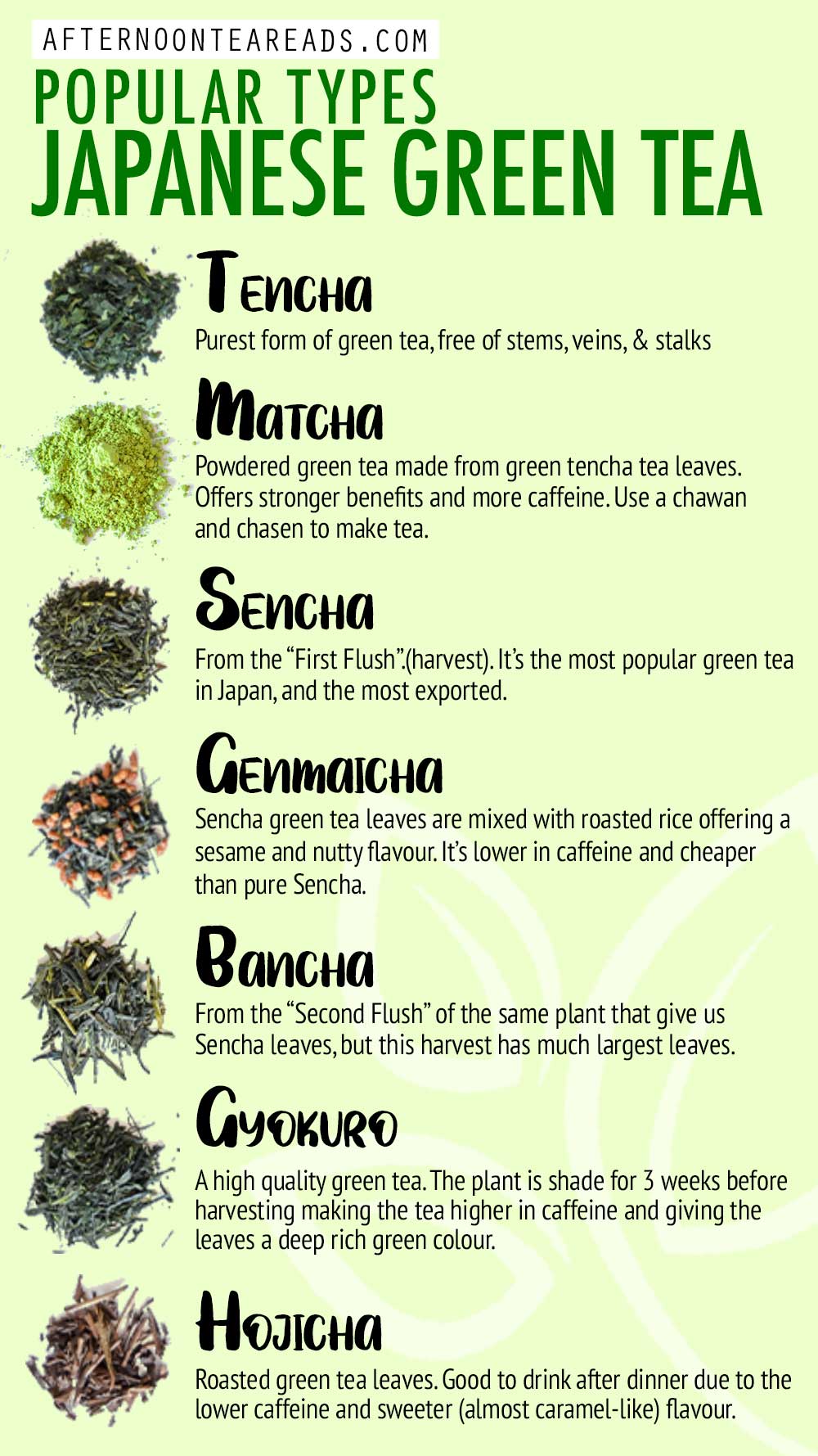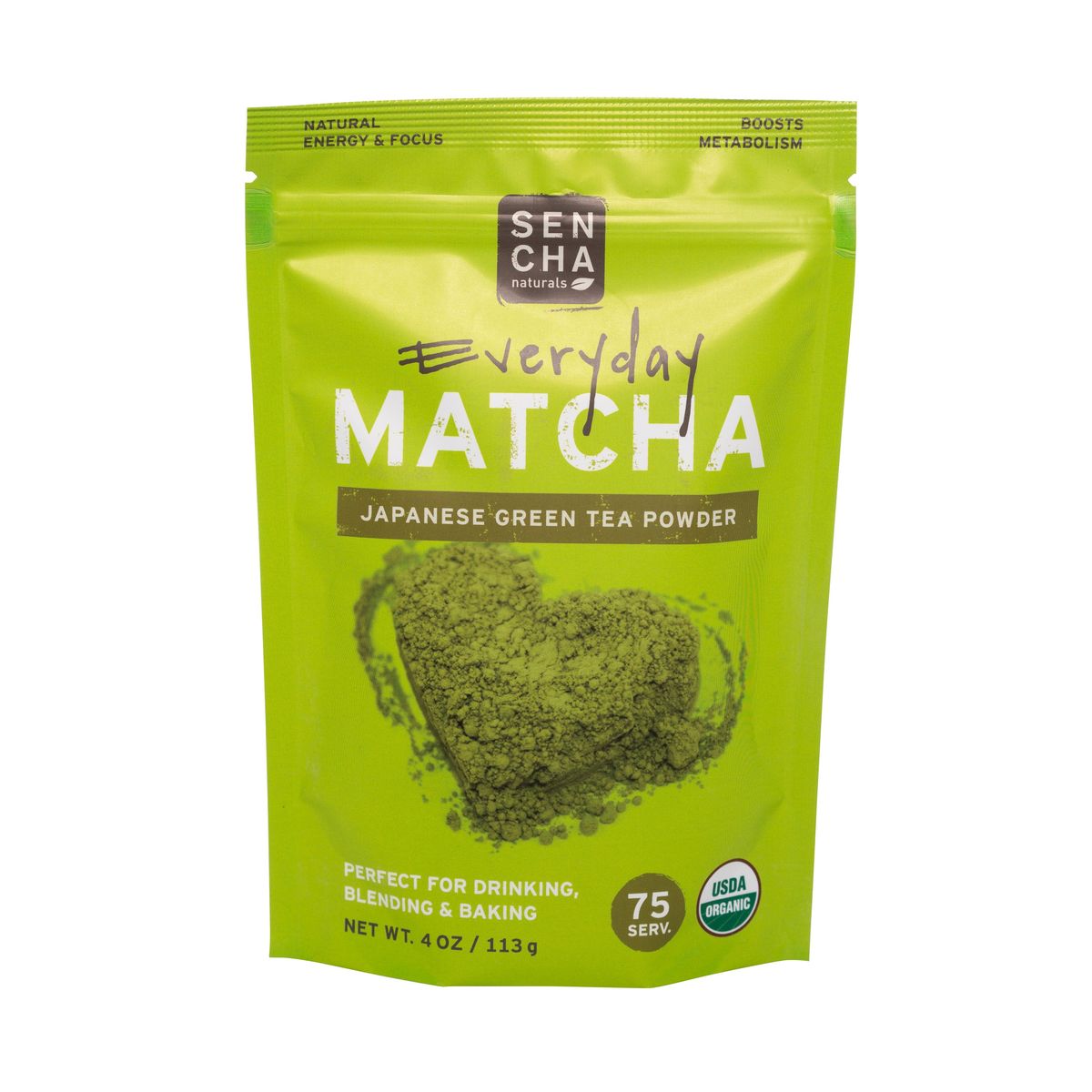
Sencha Tea vs. Matcha Tea Powder Sencha tea, Matcha green tea powder, Matcha tea powder
Matcha Vs Sencha Green Tea: Final Thoughts. When you compare sencha vs matcha, the obvious jumps out right away: they look completely different. One is a powder and ther other is leaves. And the two teas do have a lot of differences. But they are both types of green tea, so they have a lot in common as well. However, it is the differences that.

Matcha vs Sencha Green Tea Which one is better for your health? Be Healthy Now
When it comes to Japanese green teas, Sencha and Matcha are some of the most popular green teas. Yet they are also two very different types of tea that offer unique flavours and characteristics for green tea lovers. Both teas come from the same Camellia sinensis plant making it difficult to understand the benefits of Sencha vs Matcha at first.

Sencha Naturals, Matcha, Green Tea Powder, Japanese Everyday Grade, 4 oz (113 g) iHerb
Matcha tea, in contrast to Senchasencha tea, is grown in the shade and is hence distinct from sencha in terms of its nutritional profile. It is renowned for its ability to invigorate but at the same time calm. Caffeine and L-theanine are to blame for this effect. Caffeine is well known for its energizing properties, whilst L-theanine is an.

Japan Sencha Green Tea Trader Nicks Tea Company
1. Matcha Is a Powder and Loose-Leaf is Not. While loose-leaf sencha and matcha are both derived from the same plant species, Camellia sinensis, the end texture, shape, and consistency are completely different. Matcha is a very fine, stone-ground powder. On the other hand, sencha comes in rolled, loose-leaf form.

Sencha Green Tea Blended with Matcha Powder Sencha green tea, Organic green tea, Organic loose
Green tea contains about 11-25 milligrams (mg) per gram (g) of caffeine. Matcha contains about 19-44 mg per g of caffeine. The teas may also have differing price points. The added processing.

Differences Between Matcha And Green Tea
Growth. Sencha comes from green tea plants that have been grown in direct sunlight. Matcha, on the other hand, comes from green tea plants that are covered and grown in the shade just before harvest. This increases the amount of chlorophyll in the leaves, giving them their bright green color. High-grade matcha is grown in almost complete darkness.

Matcha vs Sencha (Looseleaf) Green Tea What Are the Differences? Green tea, How to make tea
Good quality matcha has a high level of natural sweetness. Another difference is the deep green color that tea powder should have, thanks to the stored chlorophyll in the tea bushes. Low grade matcha will most likely be a murky swamp color rather than a vibrant green. Sencha tea is picked stem, shoot, and a few open leaves.

Matcha or Sencha? A Green Tea Primer All About Japan
Although the powdered varieties of matcha and sencha may appear similar, the main difference is in their colour and taste. Matcha powder retains its bright green colour and is a sweeter tea than Sencha, which has a more bitter taste and a dark green or brown colour. Like loose sencha, the powder has an astringent and somewhat grassy taste.

Matcha & Sencha Sei Mee Tea LLC
Yet, matcha—a specific type of green tea that comes in powder form—remains a mystery to many Westerners, despite the fact that it's popping up on cafe menus in lattes and baked goods alike.

Sencha Green Tea Blended with Matcha Powder Sencha green tea, Green tea benefits, Organic teas
Options. Matcha vs. sencha: the basics Matcha and Sencha are both from Japan, they're both green teas, and they both have similar flavor profiles. The most important difference is that matcha is made from shaded tea leaves that are stone-ground into a fine powder, while Sencha is made from whole tea leaves that have not been sh.

Matcha vs Green Tea Sencha Part 1 (Infographics) ShiZen Tea Blog Sencha green tea, Green tea
Both being green teas, Sencha and Matcha contain epigallocatechin-3-gallate (or EGCG), a polyphenol that is believed to be responsible for the many health benefits of green tea.. The two green teas also boast of amino acid, L-Theanine, which plays a critical role in calming the nervous system and can cross the blood-brain barrier.. Some of the benefits that you stand to gain by drinking these.

Shop Japanese Green Tea Sencha green tea, Japanese green tea, Japanese green tea
Caffeine Content in Sencha . Green tea, including sencha, contains a moderate amount of caffeine. Depending on the variety and brew, sencha can contain between 12 and 75 milligrams of caffeine, comparable to 80 to 200 milligrams of caffeine in a cup of coffee. Thanks to a short brew time, most cups hover around 20 to 30 milligrams.

Apakah Green Tea dan Matcha Berbeda? Imas Riyanti
Matcha tea and sencha tea have many similarities and differences. Explore what makes each unique and begin incorporating them into your lifestyle with the support of Tenzo Tea today.. including black tea, herbal tea, green tea, and chai. Matcha tea is another great example of teas with healing and boosting qualities that taste delicious.

What Are The Different Types of Japanese Green Tea? Afternoon Tea Reads
The world of Japanese green tea is a fascinating realm where tradition meets modernity, offering a delightful array of flavors and health benefits to those who venture into its depths. As you embark on this journey, you might find yourself pondering the age-old question: sencha or matcha? Both teas have their own unique characteristics and…

Sencha Naturals, Everyday Matcha Green Tea Powder, 113 g Zone Nutrition
Matcha (抹茶) is powdered green tea. While other kinds of green tea can also be powdered, it's distinguished by its jade-like bright green color. It's made by grinding the full tea leaves into a fine powder, retaining all of the original nutrients. The flavor is smooth and creamy, with no astringent aftertaste. Matcha is specifically used in.

What is the difference between green tea and matcha? Naoki Matcha
Sencha is a loose-leaf tea that is steamed and then rolled, shaped, and dried. This process helps to preserve the natural flavour of the tea while also enhancing its aroma. In contrast, Matcha is a finely ground powder made from shade-grown tea leaves. The leaves are harvested, steamed, and then dried before being ground into a fine powder.
- Fattoria Le Pupille Saffredi 2019
- Westlake Frost Extreme Tires Review
- Rock Chip Repair Red Deer
- Marie Pier Morin Bradley Cooper
- The Best Suitcases Reading Answers
- Formation Entretien Ménager En Milieu Hospitalier
- Grady White For Sale Bc
- Wpg Jets Heritage Classic Jersey
- Cross Country Ski Wax Kit
- Nude Models With Big Boobs